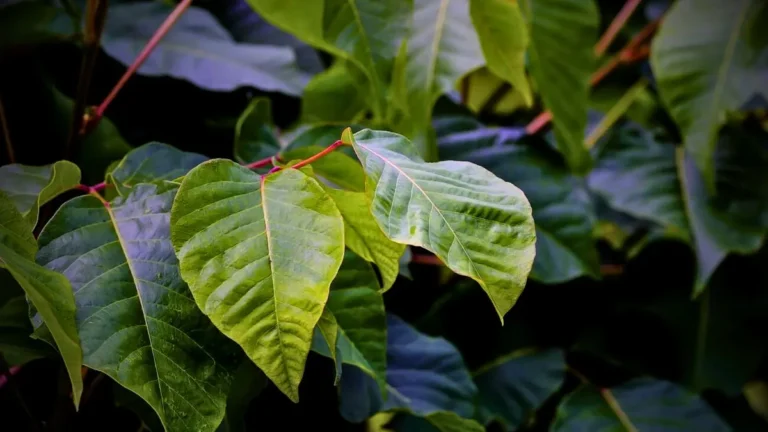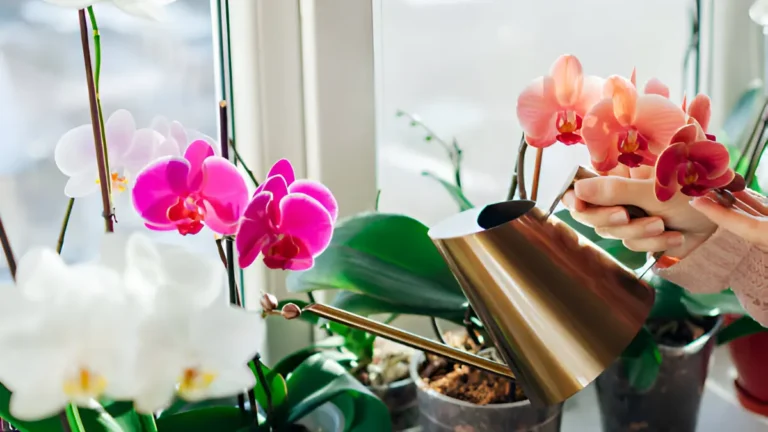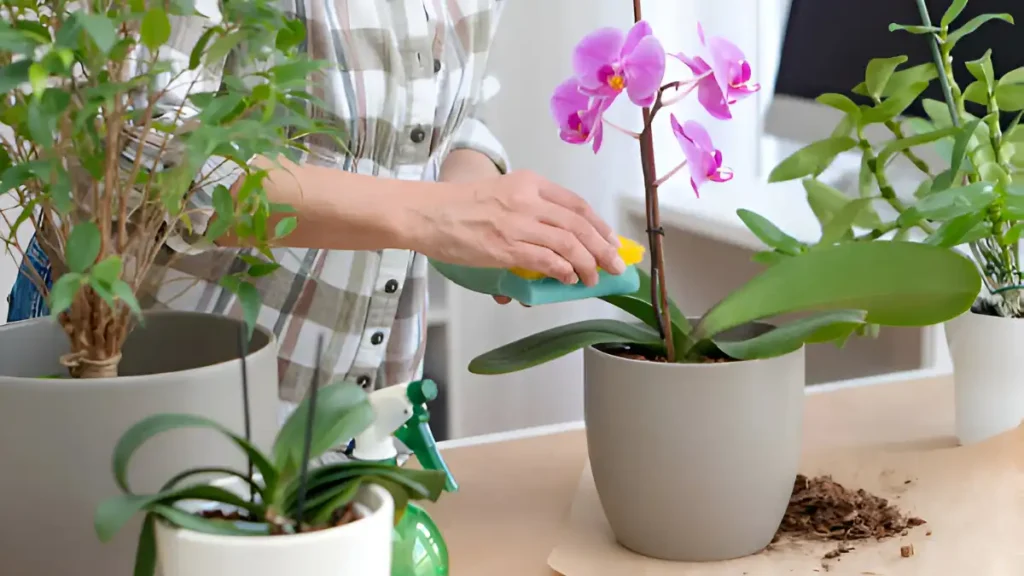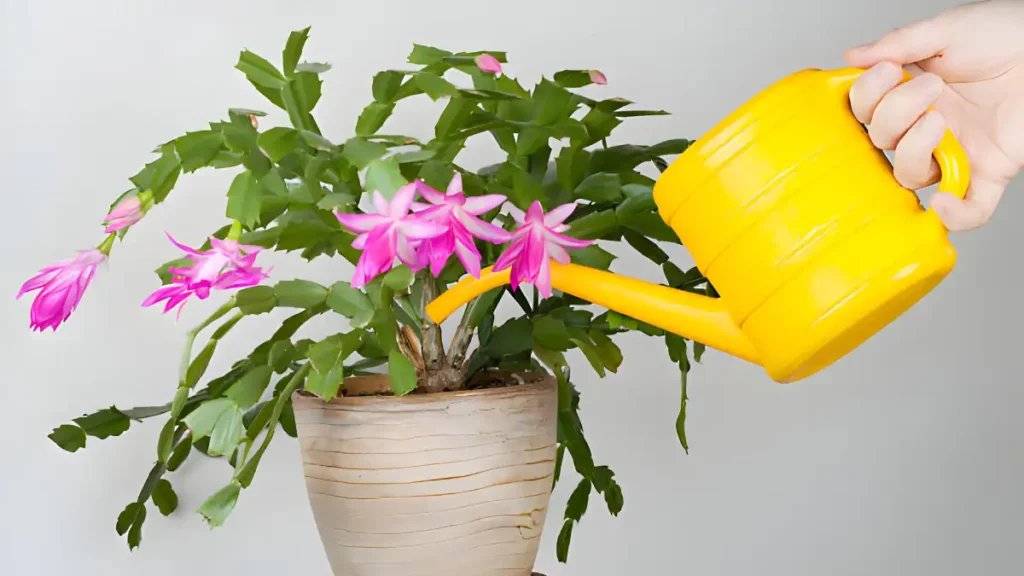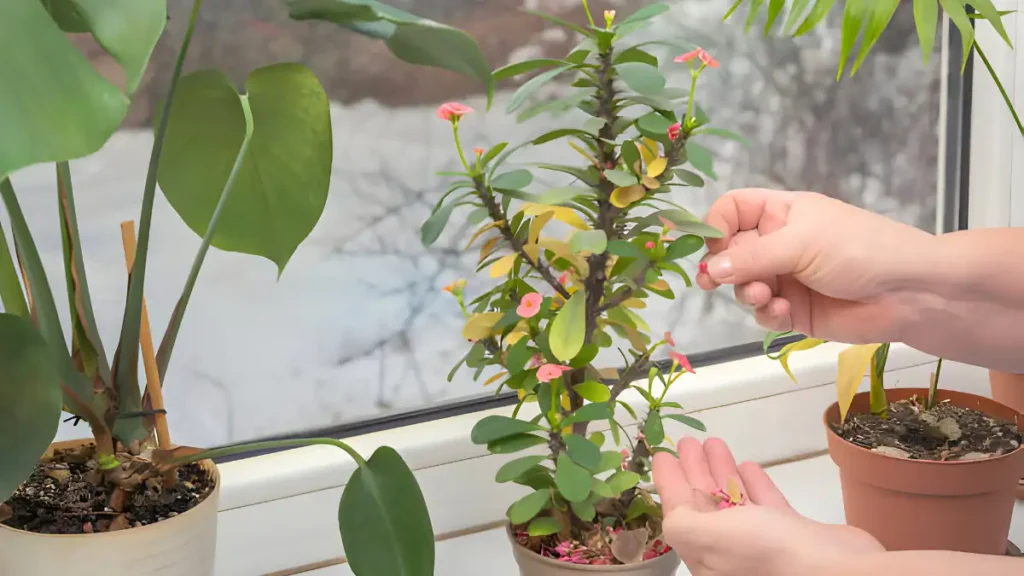An allergic skin reaction that is itchy and burning occurs when the oil of a poison sumac plant comes into contact with the skin. The oil from the plant can spread from your clothing, but you cannot get the rash from someone else.
Poison sumac rash is considered more allergenic than poison ivy and poison oak, which are other well-known plants belonging to the Toxicodendron genus of the sumac family.
What is Poison Sumac?
Poison sumac is a plant that can cause a painful, itchy rash when you touch it. It grows in wet areas like swamps and has red stems and leaves in groups of 7–13.
How to Identify a Poison Sumac Rash
- Itchy Skin: You’ll feel very itchy where the plant touched you.
- Red Rash: The skin will turn red and may swell up.
- Blisters: Little bumps or blisters filled with fluid can appear.
- Oozing: The blisters might leak a yellowish fluid.
- Spreading: The rash can spread if the oil from the plant stays on your skin, clothes, or pets.
Tip: The rash usually shows up within 12–48 hours after touching poison sumac.
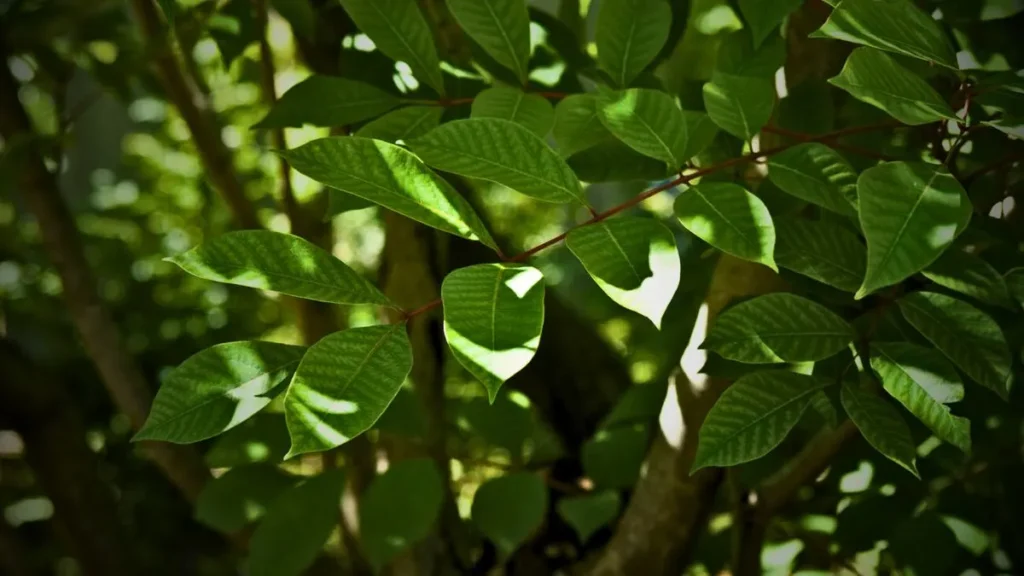
Poison Sumac Rash Treatment
- Wash Right Away:
Rinse your skin with lots of cool water and soap as soon as possible. This removes the plant oil. - Change Clothes:
Wash your clothes, shoes, and anything else that might have touched the plant. - Don’t Scratch:
Scratching can cause infection. Try to keep your hands off the rash. - Cool the Skin:
Use cool, wet cloths (called compresses) on the rash to feel better. - Use Creams:
Over-the-counter creams like calamine lotion or hydrocortisone cream can help reduce itching. - Take Medicine if Needed:
Antihistamine pills (like Benadryl) can help with itching and swelling.
When to see a doctor
Consult your physician if the poison sumac rash is on your face or genitalia, if it covers a significant portion of your body (30% to 50%), or if your fever is high (over 101°F). Strong topical or oral steroids may be prescribed by a physician to assist with lower inflammation. Additionally, you should see your doctor if you believe that scratching has caused your rash to become infected. Antibiotics are typically used as part of the treatment.
Takeaway
This plant is one of the most dangerous plants in the United States. It can cause a very bad skin rash that can last for weeks. However, poison sumac is not as common as poison oak or poison ivy.
If you work, hunt, or spend a lot of time in wetlands, swamps, or shady forests, it’s important to know how to recognize poison sumac during different seasons. This will help you avoid touching it. If you do touch poison sumac, wash the area right away with cool, soapy water. Try not to scratch the rash, because it could cause an infection.
Quick Tip:
Poison sumac oil (called urushiol) can stay on surfaces for a long time. Always clean your gear after being outside!
A frequently asked questions:
Q1: What does poison sumac rash look like?
A1: Patches or streaks of red, elevated blisters are the appearance of a poison ivy, oak, or sumac rash. Unless urushiol is still in contact with your skin, the rash normally doesn’t spread.
Q2: How long does poison sumac rash last?
A2: Poison ivy, oak, and sumac are common poisonous plants that cause itchy skin rashes. They produce urushiol oil, which triggers allergic reactions. Rashes usually heal within two weeks.
Q3: Is poison sumac contagious?
A3: Poison ivy, oak, and poison sumac rashes aren’t contagious and don’t spread through blister fluid. However, urushiol oil on skin, clothes, or items can transfer and cause a rash.
Q4: How can I identify poison sumac?
A4: Poison sumac typically grows in wet, swampy areas and has 7–13 smooth-edged leaflets per stem, with reddish stems and drooping clusters of white or green berries.
Q5: What kills sumac permanently?
A5: Triclopyr (Tradename Garlon), a broad-leaf selective herbicide that works wonders against woody plants, is easily applied to sumac.

